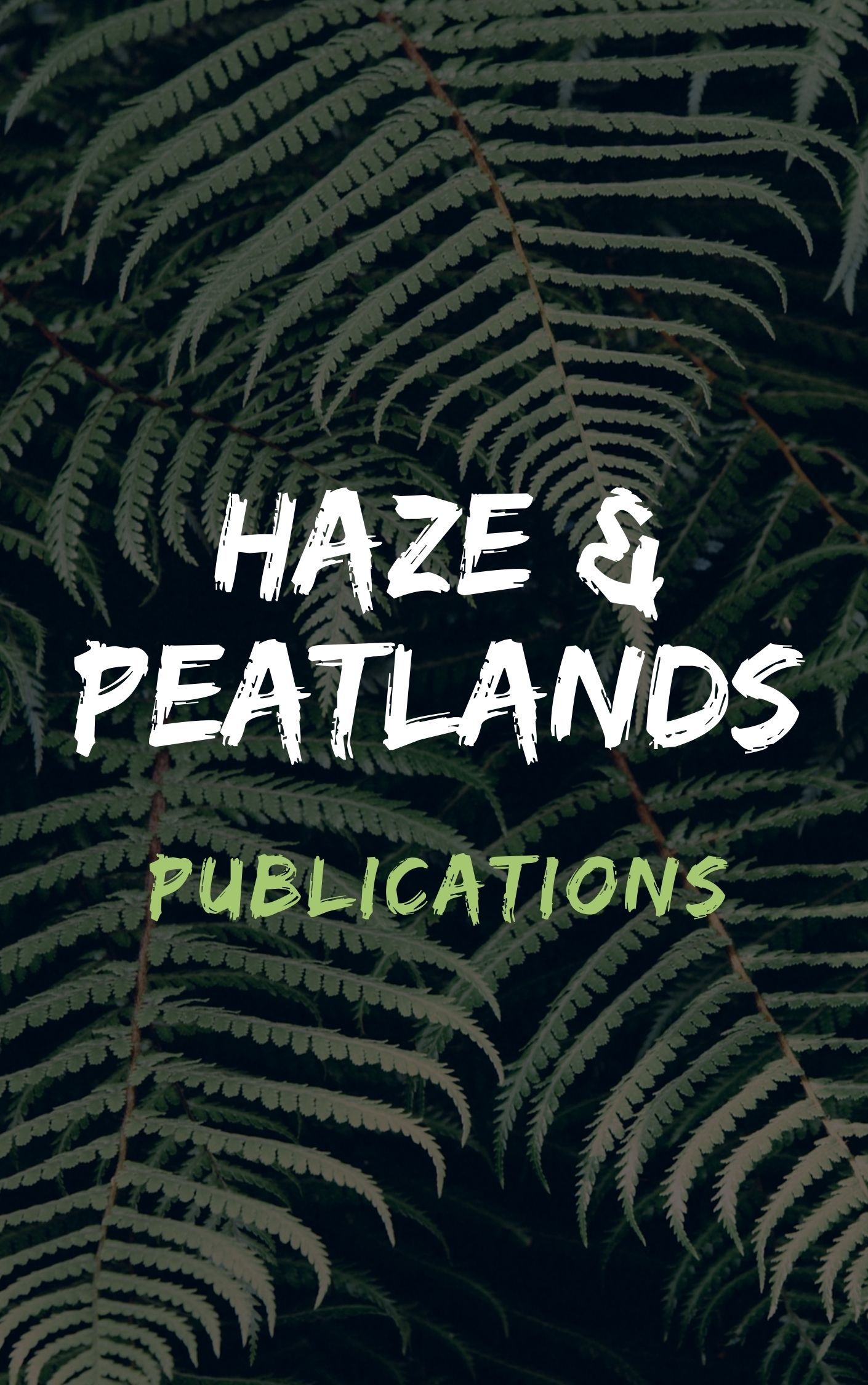Seasonally dry forest with a deciduous canopy is a widespread ecosystem in Southeast Asia. Debate continues about whether this vegetation is forest or savanna. Savannas have tree cover <60%, C4-dominated ground vegetation, and frequent fires. Forests have tree cover >70%, C3-dominated ground vegetation, and infrequent fires. We studied three community types previously identified in seasonally dry forests in Myanmar, High Indaing, Low Indaing (both types of deciduous Dipterocarp-dominated forest)and Mixed Deciduous Forest (usually dominated by non-Dipterocarp species). We wanted to know whether their herbaceous layer communities were also compositionally distinctive, whether their structure (% tree cover, C4 abundance)identified them as savannas or forests, and whether they differed with respect to soil nutrients, and fire frequency. We sampled fifteen 50 m × 50 m plots thought to represent the 3 community types (5 plots of each community type). In each plot we measured basal area, abundance and richness of trees with DBH ≥5 cm, and percentage cover, abundance and richness of herbaceous layer species, and classified each species as C3/C4. We estimated tree cover along four 50 m line transects recording canopy openness/closure every 1 m. We pooled six 0–15 cm soil cores to estimate soil parameters (N, P, K, pH). We recorded fire frequency in each plot using MODIS fire products for 2001–2017. We found that tree, herbaceous-layer and combined compositional data generated similar community clusters. Low Indaing had open tree canopies and high abundance of C4 plants relative to Mixed Deciduous Forest. High Indaing had a wider range of tree covers but also high C4 abundance. Fire was common in all three communities. Low Indaing could be differentiated from Mixed Deciduous forest by soil K and P (lower for Low Indaing), with High Indaing having intermediate values. Low Indaing appears to be a type of savanna whereas Mixed Deciduous Forest is a type of forest, but with the propensity to burn. In our data, High Indaing showed characteristics of both savanna and forest. Although soils underlie the transitions between these Asian communities, they do not show the clear physiognomic boundaries observed in African and South American savanna-forest transitions. © 2019 The Authors
View source

